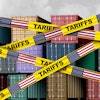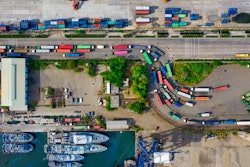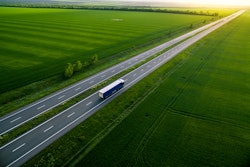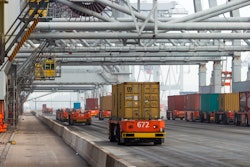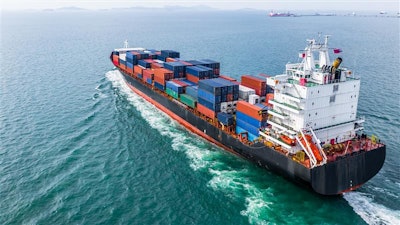
Cognac, Kobe beef, and prosciutto di Parma… all of these products share a common aspect, indicated by their names —they must come from their denoted region in order to be considered the real deal. In order for customers around the world to enjoy these well-known products, suppliers send their exports on remarkable journeys around the world.
However, in a world where sustainability is at the forefront of the minds of consumers and customers, it is time for a reexamination of supply chains and the process of exporting regional products. But, there is a solution to improving supply chains to make them more efficient and environmentally friendly, without compromising well-loved regional products.
For example, cognac has historically crossed the Atlantic since 1794. Its history was intertwined with that of the ocean, as the spirit matured and developed a character shaped by its maritime environment. Times have changed, however, and today the majority of cognac is transported by conventional container ships, embarking on a long expedition from the Port of Rotterdam, nearly a thousand kilometers from the hallowed grounds of the Cognac region. This shift in transportation has inadvertently contributed to environmental concerns.
It is well known that marine shipping is more carbon efficient than road transport. However, the startling truth lies in the fact that 1 kilometer traveled by truck produces the equivalent of 100 kilometers of greenhouse gas emissions compared to a sailing ship. By re-evaluating the journey of products like cognac, we have the power to make an immense difference in terms of sustainability.
Fortunately, companies can create more eco-conscious routes for regional-specific products that can reduce their carbon footprint. For example, La Rochelle and Rochefort beckon as ideal ports for cognac, located just 100 and 80 kilometers from the Cognac region respectively, as opposed to the 900 kilometers away from Port of Rotterdam. Using these closer secondary ports would drastically reduce the transportation emissions associated with the pre-carriage journey by 90%. The strategy of creating alternative routes can be applied to many products that are exported from Europe.
To further this sustainable vision, embrace the idea of using smaller waterways. For example, by harnessing the potential of the Charente River, Cognac can be transported from its birthplace to port, allowing for cleaner pre-carriage and reducing reliance on traditional trucks.
As the journey is re-imagined, it becomes clear that sustainability goes beyond transportation. For example, cognac barrels, often made from American oak, have immense value. By utilizing the return trip of the sailing cargo ships, companies can transport this wood back to France, closing the loop and ensuring a more circular economy. Integrating sustainable practices into the exportation process helps reinforces the global commitment to environmental stewardship. You can reduce the carbon footprint associated with packaging by returning used bottles to France to be filled again. You can turn regional products into sustainable experiences by embracing new and innovative practices.
By embracing sustainable practices, connecting customers with premier quality products, and envisioning a future where every aspect of the journey is aligned with environmental values, the industry is unlocking the true potential of luxury food items —a spirit that transcends borders and embraces the spirit of sustainability.
Urge stakeholders to join in on this transformative journey leveraging on the power of wind. Together, the industry can redefine the path of exported products, ensuring a commitment to both exceptional taste and a greener world.



